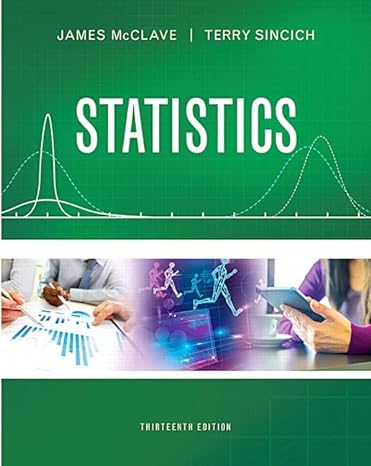Walking straight into circles. When people get lost in unfamiliar terrain, do they really walk in circles,
Question:
Walking straight into circles. When people get lost in unfamiliar terrain, do they really walk in circles, as is commonly believed? To answer this question, researchers conducted a field experiment and reported the results in Current Biology (Sept. 29, 2009). Fifteen volunteers were blindfolded and asked to walk as straight as possible in a certain direction in a large field. Walking trajectories were monitored every second for 50 minutes using GPS and the average directional bias (degrees per second)
recorded for each walker. The data are shown in the table below. A strong tendency to veer consistently in the same direction will cause walking in circles. A mean directional bias of 0 indicates that walking trajectories were random. Consequently, the researchers tested whether the true mean bias differed significantly from 0.
A MINITAB printout of the analysis is shown below.
a. Interpret the results of the hypothesis test for the researchers.
Use a = .10.
b. Although most volunteers showed little overall bias, the researchers produced maps of the walking paths showing that each occasionally made several small circles during the walk. Ultimately, the researchers supported the “walking in circles” theory. Explain why the data in the table are insufficient for testing whether an individual walks in circles.

Step by Step Answer:

Statistics Plus New Mylab Statistics With Pearson Etext Access Card Package
ISBN: 978-0134090436
13th Edition
Authors: James Mcclave ,Terry Sincich





